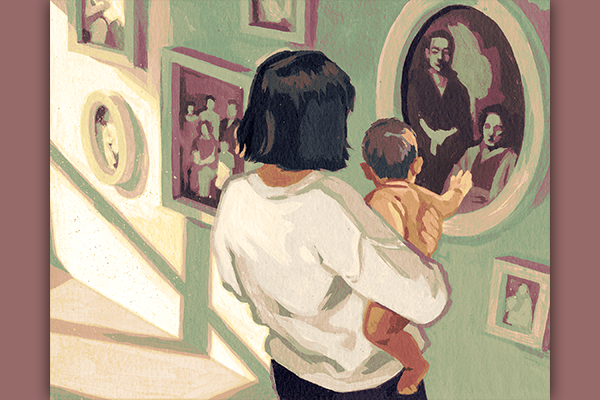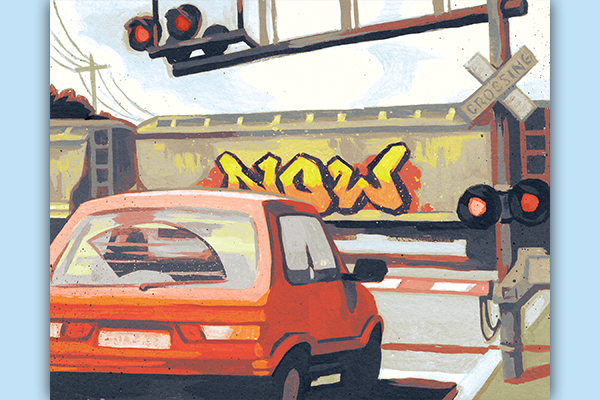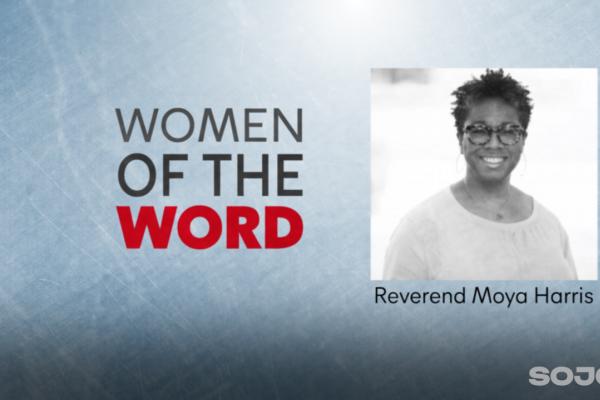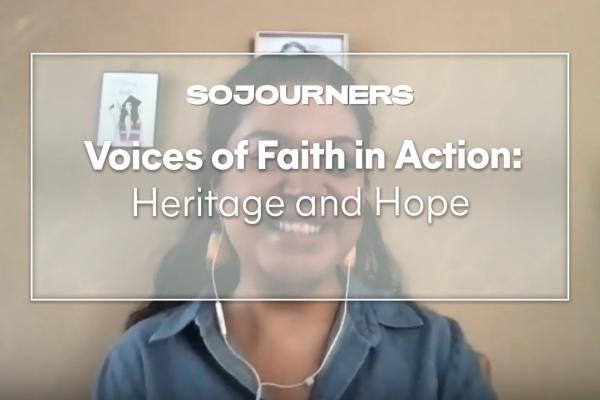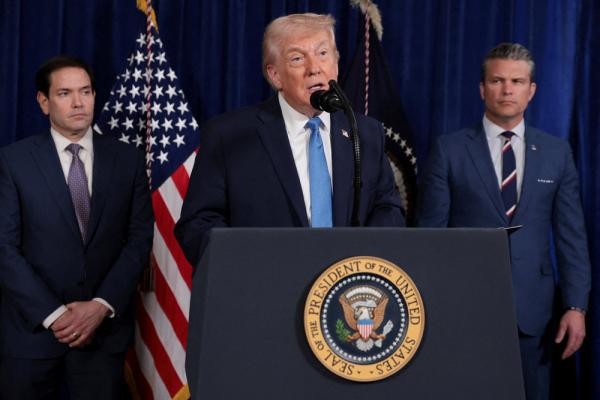BEFORE SUNRISE, the Chicago Federation of Labor team hit the city streets in an SUV packed with fresh donuts and hot coffee. We were bringing encouragement to picketing Chicago Teachers Union (CTU) Local 1 and Service Employees International Union (SEIU) Local 73 members. A cold front swept through on the first day of the Chicago public schools strike, which launched tens of thousands of public school teachers and school support staff into the streets in October, but it could not chill the fire for justice in the union members. They wanted something better not just for themselves but for the children they taught and cared for and the communities they came from.
Our first stop was Pulaski International School in Logan Square, home to nearly 900 students. The teachers and support staff were already on the sidewalks—wearing red for CTU and purple for SEIU 73. The teachers and staff at Pulaski identified class sizes and more prep time as key challenges.
We drove south to East Garfield Park, stopping at Westinghouse and Marshall high schools. Several NBA and NFL stars and other notable Chicagoans graduated from these schools. Sadly, during the strike, gunfire claimed the life of a Marshall student. Teachers and staff said more counselors and nurses were needed. Cardenas and Castellanos elementary schools also needed counselors. Immigration and Customs Enforcement raids have traumatized many of the children, who have seen relatives and classmates disappear.
One of the last schools we visited was Ida B. Wells Elementary in Bronzeville, where poverty is the school’s biggest challenge. Dozens of students showed up at the closed school because they had nowhere else to go and nothing to eat.
The school strike was a return of a national strike wave—a renewed labor activism by teachers—that started in 2012 in Chicago when CTU struck for the first time in more than two decades. That strike led to a series of major teacher walkouts across the country, including West Virginia and Oklahoma, as well as Los Angeles and Denver. The Chicago strike was historic because the Chicago public schools’ two largest unions (CTU and SEIU 73) for the first time walked out together. SEIU 73, which represents the school support staff, includes some of the school district’s lowest-paid workers.
While a pay raise was important, the strike was also about improving the lives of school children. Learning is difficult when children are preoccupied with hunger, trauma, and other stresses. Catholic social teaching emphasizes the importance for families having the resources to nurture and support themselves and their children, and that we are all connected. When we see our neighbors cold, hungry, and suffering, we are taught not to turn a blind eye to that suffering, but to make a difference. Every day, teachers and school support staff see the suffering of their students. Instead of ignoring it, they made it part of their fight.
On the picket lines, the unions carried on the mission of the labor movement as a force to lift struggling, working families and, in the end, secured an agreement from the city that includes a pay raise for teachers, a funded mandate to enforce class size limits, and a commitment to put nurses and social workers in schools by 2023.
One thing is clear: The more-than-500 Chicago public schools are the ties that bind neighborhoods and communities together into one big city. By improving the lives and working conditions of union members in the schools, the lives of the children and their families can be improved. When the lives of struggling families are improved, Chicago moves closer to becoming a more just and equitable city.

Got something to say about what you're reading? We value your feedback!


